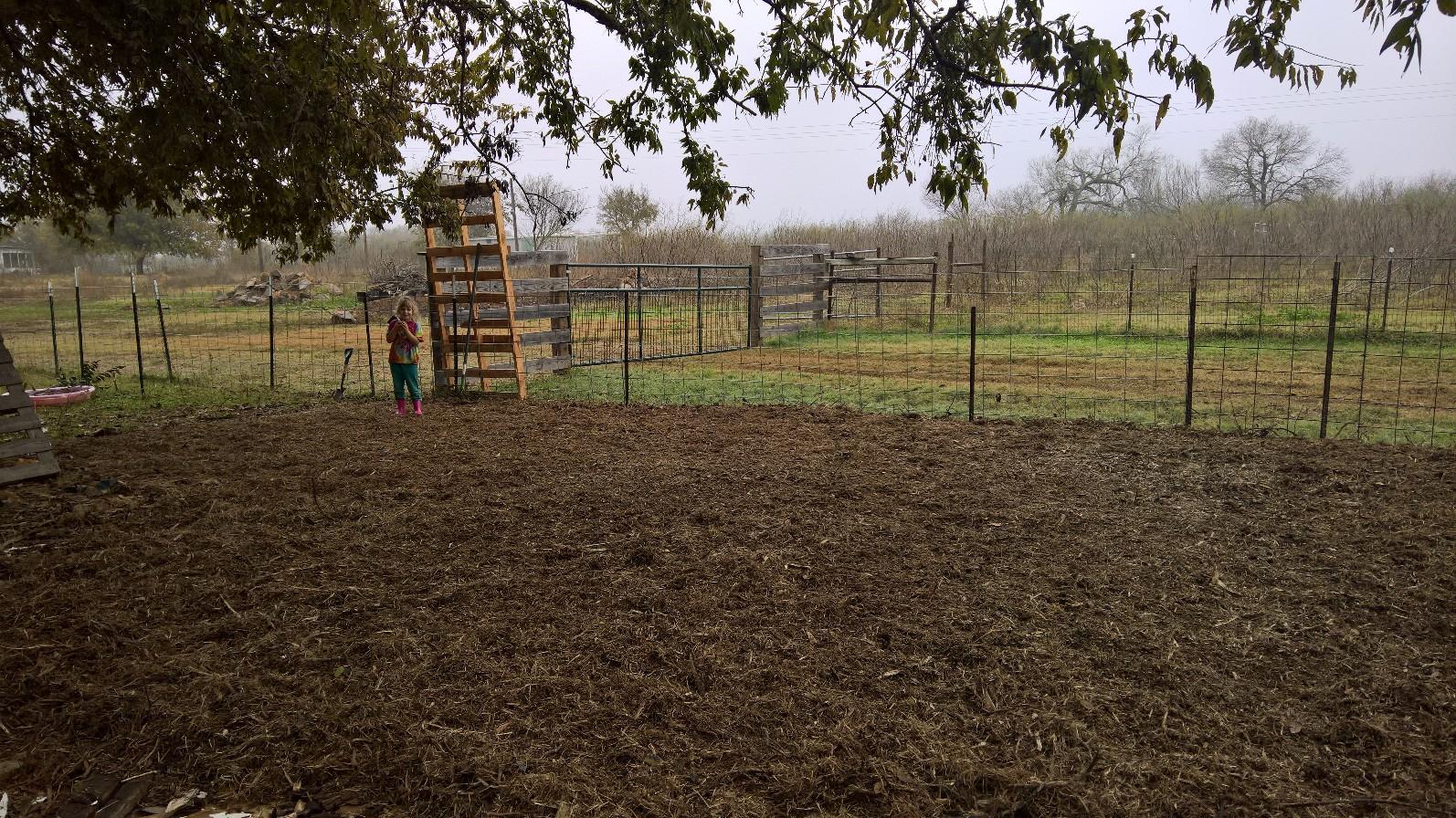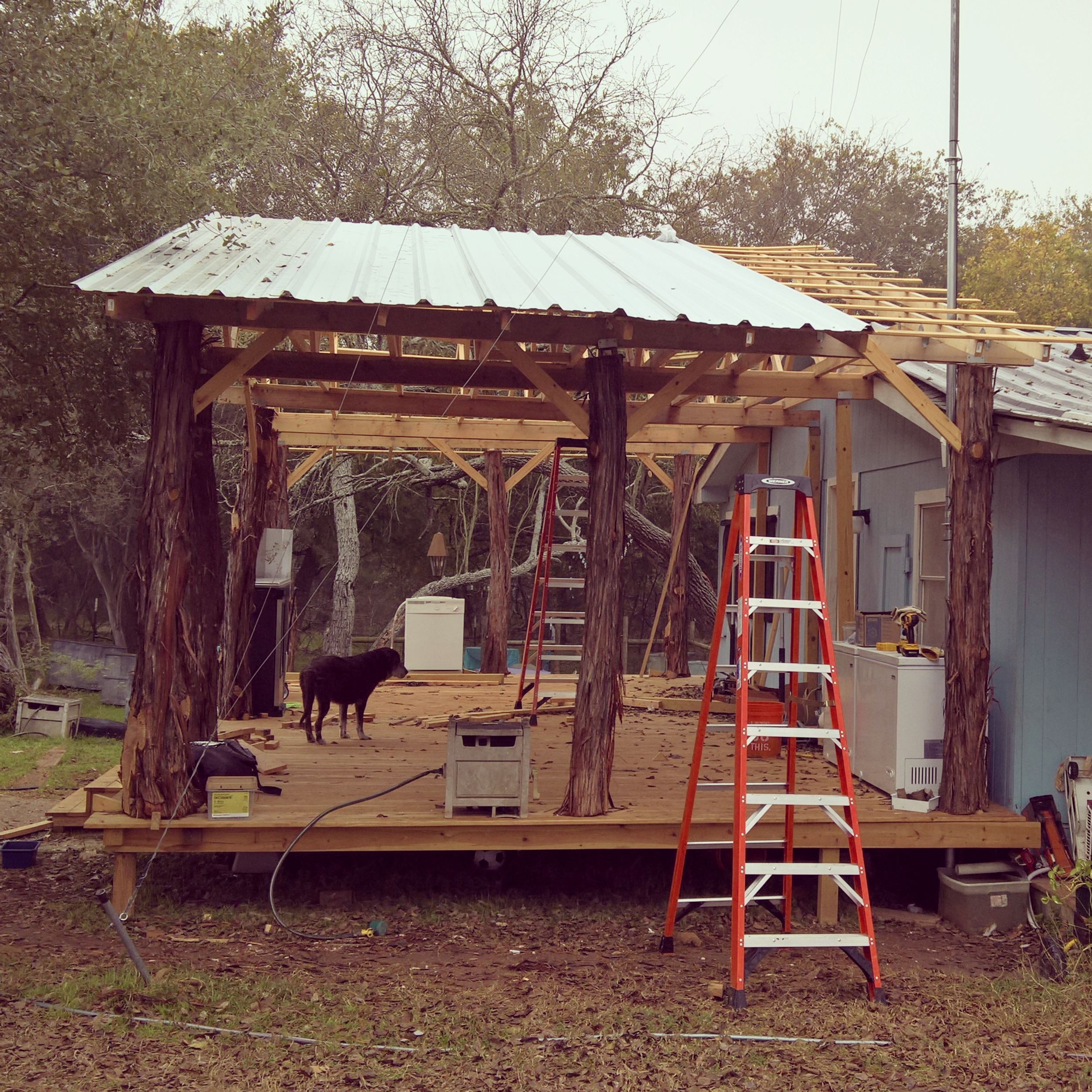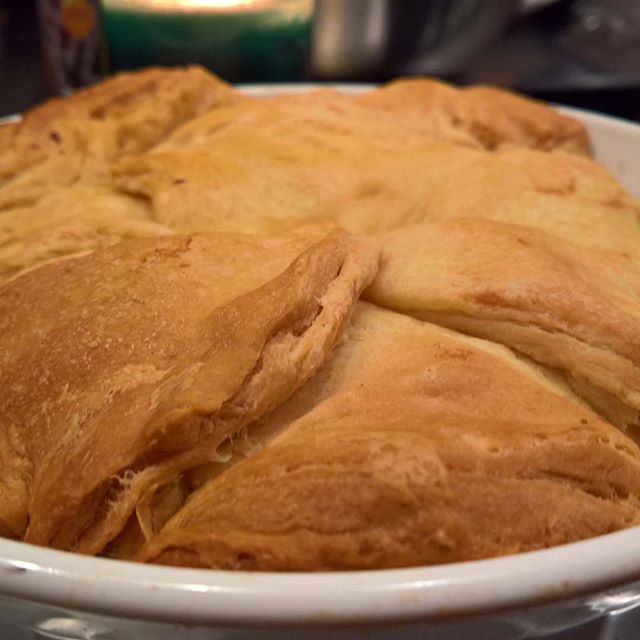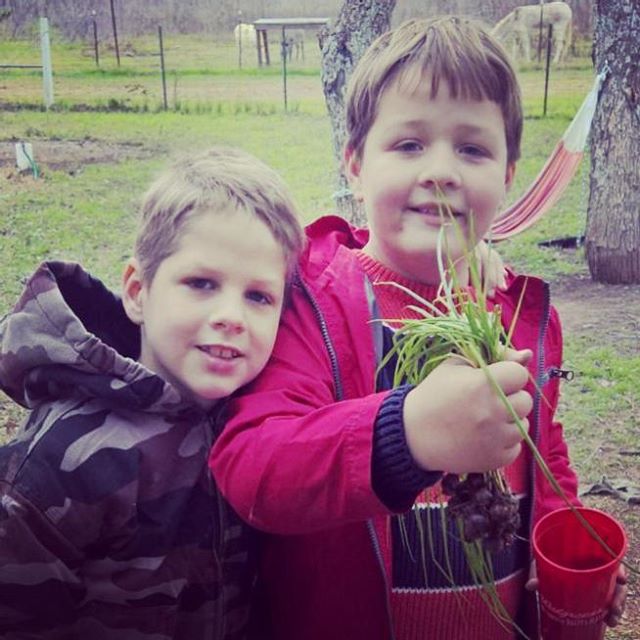Once you decide to homeschool, the first thing that you need to decide is what your day is going to look like. A schedule is important, but so is flexibility! Our educational adventure started a little over 8 years ago, and in that time, we’ve always tried to have some sort of schedule, but as life happens, we’ve adjusted our schedule to adapt to our lifestyle. My schedule needs to change again, but as it stands right now, this is what it looks like:
| Daily Schedule |
|
|
| 7:00 |
Wake up! Care for animals |
| 7:30 |
Chores |
| 8:00 |
Breakfast |
| 8:30 |
Gardening- Plant of the week |
| 10:30 |
Check animals, Break |
| 11:00 |
Lunch |
| 11:30 |
Cleanup Lunch, Start Dinner |
| 12:00 |
School activities |
| 1:00 |
Architecture of the Farm |
| 3:00 |
Check animals, Break |
| 4:30 |
Food Project |
| 6:00 |
Dinner |
| 6:30 |
Cleanup dinner, showers |
| Dusk |
Secure animals, then free time |
| 8:00 |
Reading and Bed |
| School |
Monday |
Tuesday |
Wednesday |
Thursday |
Friday |
| Eryk |
Reading, Writing, Math |
Biology, Chemistry, Earth Science, Astronomy |
History, Games & Puzzles |
COOP |
Art, Signing, Spanish, Music |
| Iain |
Biology, Chemistry, Earth Science, Astronomy |
Art, Signing, Spanish, Music |
Reading, Writing, Math |
COOP |
History, Games, & Puzzles |
| Macy |
Art, Signing, Spanish, Music |
History, Games & Puzzles |
Biology, Chemistry, Earth Science, Astronomy |
COOP |
Reading, Writing, Math |
|
|
|
|
|
|
There are two schedules there; first, our daily schedule, then, our school schedule. You’ll notice we do very little “school” work, and that is because during our gardening time, we are learning biology, botany, phytology, environmental sciences, meteorology, herpetology, entomology, and almost every other “ology” you can think of. During our food projects, we get chemistry, fractions, conversions, ratios… plus delicious food! People joke with my kids when they see them out that they have a break, but the truth of the matter is, we don’t take breaks, life is learning! The school rotation ensures that we cover all the bases, but it is truly a very small part of raising a child into a well rounded human.
What do I like about this schedule? Well, it gives us plenty of time to get into our projects, whether planting or brining, mucking out stalls or clipping flight feathers. It also offers a variety of different things to fill our days. What do I not like about it? Well, with my kids always wanting to use the same manipulatives during school time, I decided to try letting them alternate days so that they didn’t have to fight over the bead frame or the microscope. But I think I’ve lost far more opportunities for them to learn cooperation and sharing, as well as the missed chances for them to teach each other, which I find highly valuable. So I will be working on transitioning them back to a simplified school schedule, where we will all be working in the same vein of study each day. See? Flexibility, experiment, and learn!
So you may not have calves to bottle feed, or a need for a two hour block of time to repair fences. Fill your schedule with all the things that you need to get done, and involve your children in the process. Learn how to do something new, and teach them how to do it in the process. Next week I’ll give you a peek into our school lessons.
























